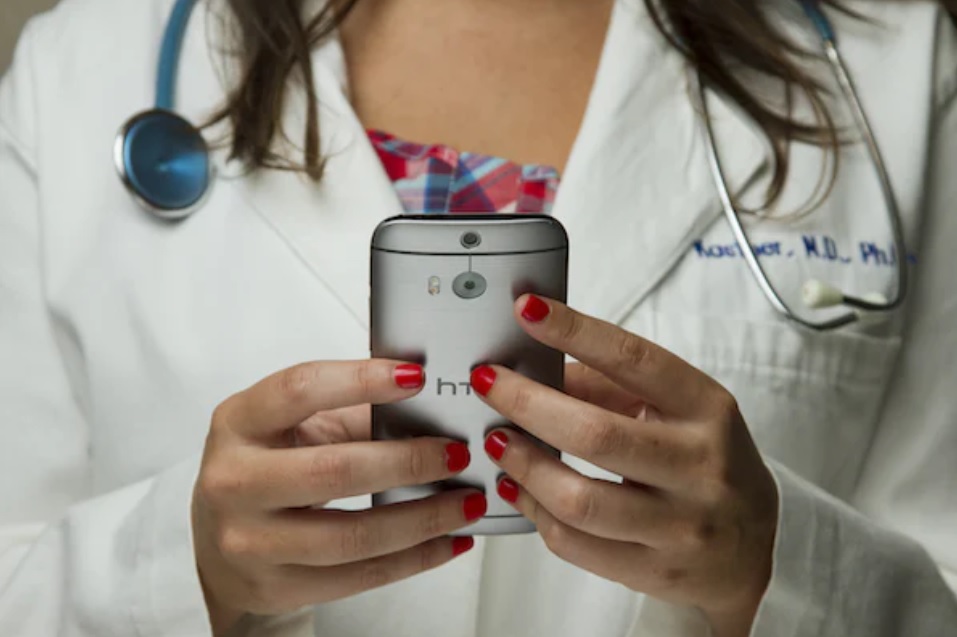Healthcare apps are increasingly entering the mainstream market, thanks to the world of mobile and social computing. Social entrepreneurship which also takes in societal problems to solve for the well-being of the larger community, has given a lot of prominence and shape to the healthcare industry, especially in developing countries. Programs aimed at better connecting the doctor-patient network, bringing in affordable and reliable medical care on time are all on the rise.
When it comes to validating and verifying the quality of such healthcare apps the first thing people talk about is workflow related functionality. Who are the varied entities involved in the app – such as insurer, policy holder, service provider etc. While understanding the roles played by varied entities and the overall workflow is important, other areas of non-functional testing are turning out to be equally critical for healthcare applications. For example, compliance based checks (HIPAA) is something most organizations are focusing on. Accessibility tests, performance tests, security tests, compatibility across varied devices and platforms are all important to ensure the medical app is ready for the market.
Healthcare apps specifically will be used in some of the most remote access areas – example in villages and cities alike to reach out to remote patients that need medical assistance. Their connection with data and subsequent analytics to help generate meaningful diagnosis and outcomes is also very important. While organizations that are into healthcare app development understand these better, and are better equipped in enforcing a testing program to ensure a quality app, freelance developers need better focus here. They need to see how to connect with NGOs, actual users, additional testers in ensuring the quality of their applications. While quality is an important element in any developed app and discipline, its importance in the healthcare domain is very apparent.
Untested healthcare apps can often cause more harm than good given the domain’s criticality and non-tolerance for bugs. We certainly need to acknowledge that healthcare testing has much more to it than the core workflow testing – this is absolutely critical if the core goal of the app has to be fulfilled.
Testing and Advancements in the Healthcare Industry
Today you may read a lot of information regarding the need for innovation at scale in the healthcare industry – which is a huge industry. The US healthcare market alone is close to the size of economies of certain countries including Greece and Britain. Given the growing demand for healthcare products and the healthcare app testing as a result, it can be concluded that message not just for the product itself, but the need to innovate for any healthcare services too including development and testing services.
Healthcare test suites are often large – including automation, performance, security, usability and accessibility etc – there is very low or rather zero tolerance for errors. This calls for not just a robust core testing suite but also a very strong regression testing suite. One of the few companies specializing in medical application testing, TestFort has extensive experience and a complete set of all necessary tools, ready to provide the best technicians and the best QA specialists to jointly contribute to the modernization of contemporary released medical technical devices and solutions for the future.

Imagine identifying tests from thousands of scripts to determine which together form the right one for a fool proof regression. While one can go script less, when it comes to complex healthcare applications, scripted regression tests definitely help not just with coverage but also with compliance. This is an area where the test team can certainly innovate with automated ways or smart/keyword-driven methods of determining the regression suite.
Similarly, newer technologies such as wearables should certainly be leveraged to see how they can improve an engineer’s productivity besides just looking at them from an end user solutions standpoint. Such practices and innovations (either small or big) go a long way in testing for a large domain such as healthcare.
Oftentimes innovation and R&D are only associated with the core product itself. It is important for product teams and engineers to understand that innovation is important from a work productivity and efficiency as well and they go a long way especially in domains such as healthcare where the scope of work is large and working smart is very important given the very low tolerance for errors.
Conclusion
In the world of mobile and social computing, healthcare apps have gained significant traction, particularly in developing countries where social entrepreneurship addresses societal issues. These apps aim to enhance the connectivity between doctors and patients, providing affordable and timely medical care. Compliance checks, accessibility, performance, security, and compatibility across devices and platforms are essential to ensure these apps are market-ready, especially considering their usage in remote areas. Regression testing plays a critical role, and innovative approaches, such as keyword-driven and automated methods, can streamline the process. Furthermore, leveraging technologies like wearables not only improves productivity for engineers but also enhances the overall testing process. Innovation should not be limited to the core product but should also encompass work productivity and efficiency, as even small advancements can have a significant impact in domains like healthcare where errors are highly undesirable.
